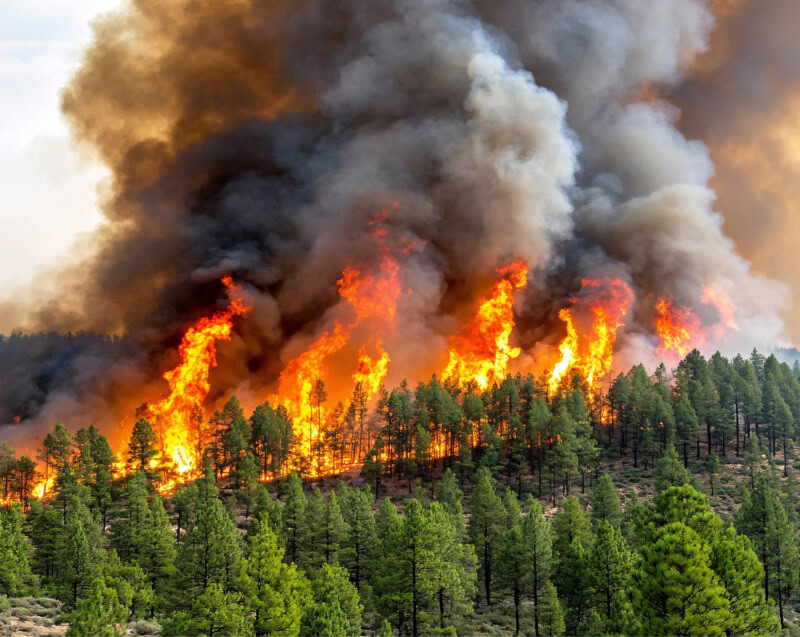At CTEH, we’re perpetually evaluating emerging technologies and the impact they can have when it comes to preparing for, responding to, or recovering from threats to our clients’ environment and people. New tools allow us to get the right data into the right hands faster, more accurately, and with increased safety and risk reduction.
We’ve been using drones for everything from site surveillance to sample collection for nearly a decade. Our FAA certified drone pilots have been able to quickly and safely provide perspective in ways that simply weren’t possible before. In that time, this has evolved from an exciting, disruptive technology to something that is well known, well-regulated and widely available.
While we’ve continued to evolve how we use drones, we’ve also been actively exploring alternative unmanned vehicles. Aerial vehicles are complex, power hungry, and only capable of carrying extremely lightweight payloads. Anything added to a drone—whether that’s a thermal camera or a sample collection kit—increases the complexity of flight and reduces the overall flight time possible. In an ideal world, we want a device that can make use of the same versatile, growing toolkit our health and safety professionals use without the risk of sending a person directly into a hazardous environment.
Having an unmanned vehicle that was simple to control, safe to operate alongside regular personnel, and capable of carrying the same variety of equipment that a human can seemed like an ambitious goal until we started talking to Boston Dynamics. Boston Dynamics has been producing robots designed to meet these exact goals for over 15 years. Their latest release, Spot, is a four-legged, bright yellow industrial robot that resembles a dog. Once we had Spot on site, we knew we were dealing with something that had the same kind of industry changing magic we had seen with drones years back.
Spot can go wherever people can—whether that’s up and down stairs in a warehouse, across unsteady terrain and rubble outside, or just down the carpeted lanes of a cubicle farm. It avoids obstacles so there’s no fear of accidentally colliding with equipment or people that have suddenly appeared in its path. Cameras on all sides give the operator a complete picture of Spot’s surroundings, even if they’re driving the robot remotely.
Spot’s best trick, however, is being designed not as a specific tool for a specific job, but as an adaptable platform. This means that Spot is not only capable of carrying the various pieces of equipment we have, but also communicating with them. This means that we can adapt Spot in the same way that we adapt our software and equipment to meet the demands of a particular response.
This has allowed us to create a growing library of custom payloads that allow Spot to:
– Collect whole air samples with canisters
– Provide real time air sample readings for a variety of analytes simultaneously
– Identify the presence of known personnel and equipment in a given location
And numerous other tasks for industrial hygiene and emergency response situations.
With Spot, CTEH can provide new ways to evaluate your environments and protect your people. If you have questions or want Spot at your next site survey, contact us at webquestion@cteh.com.




